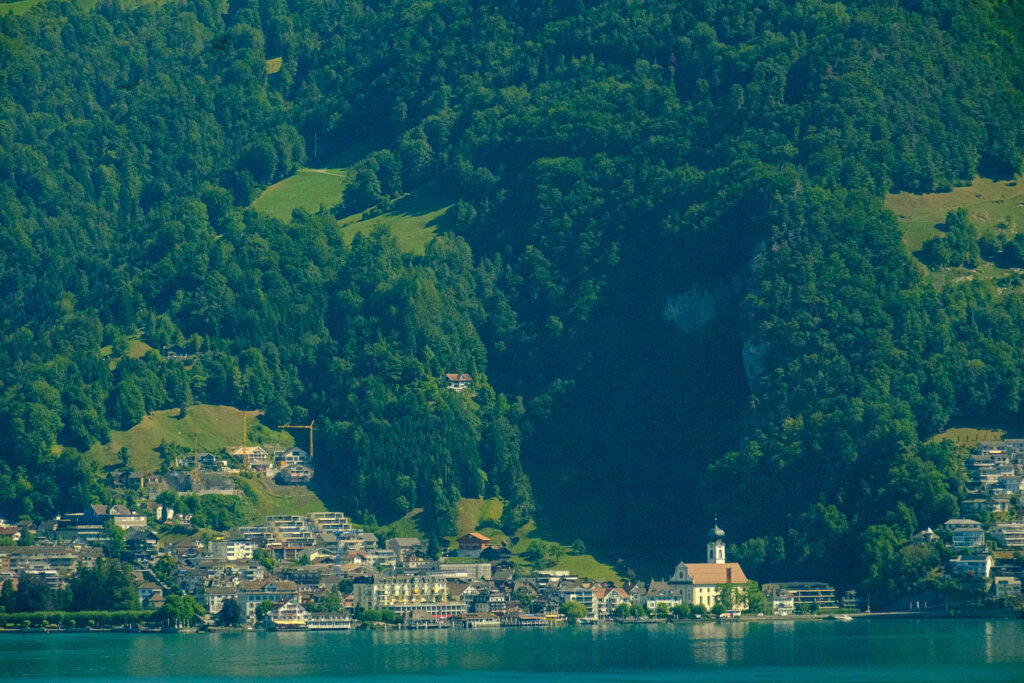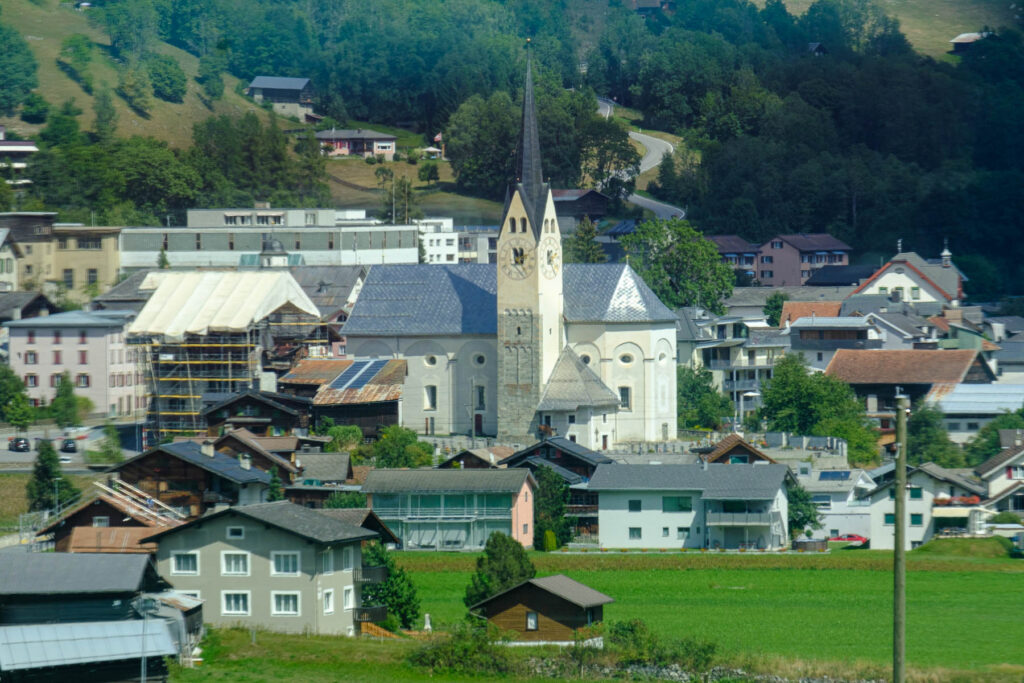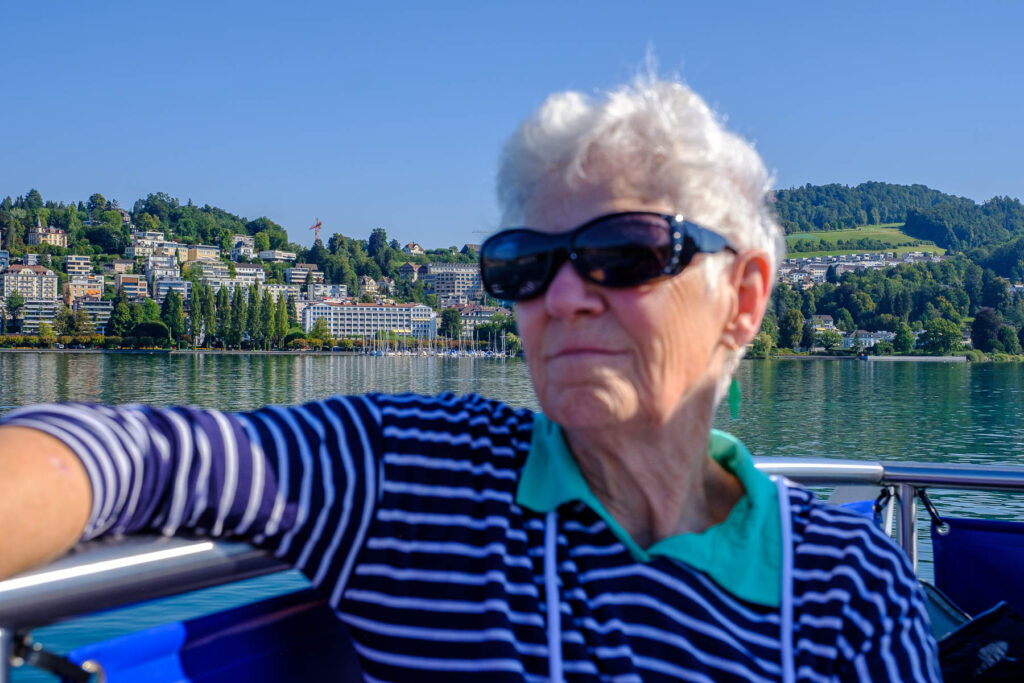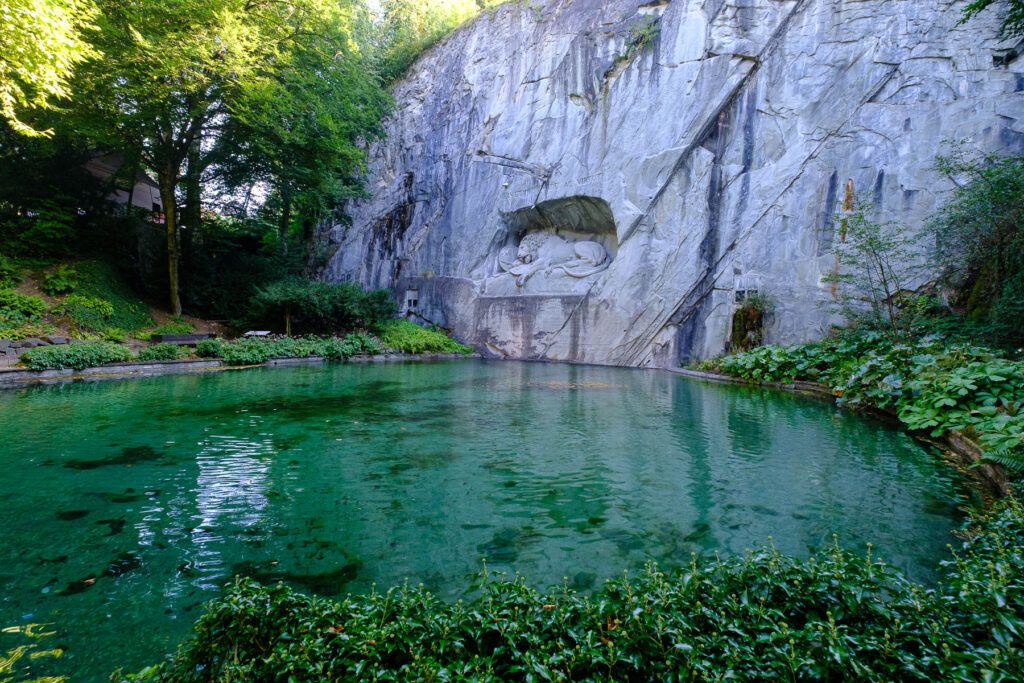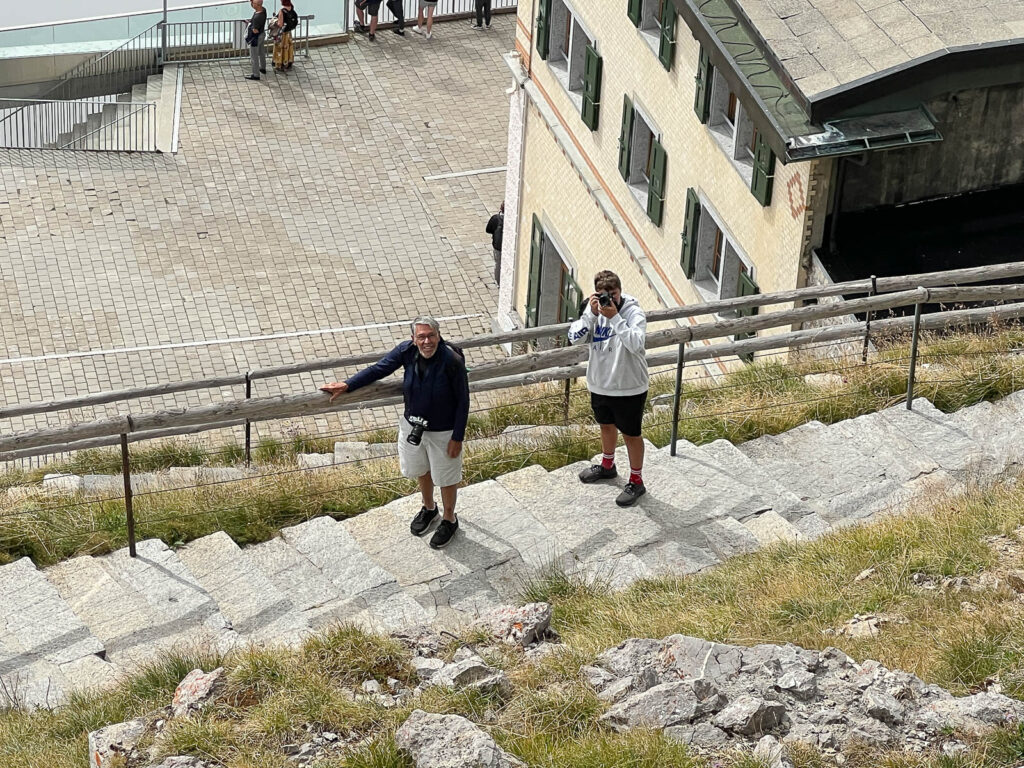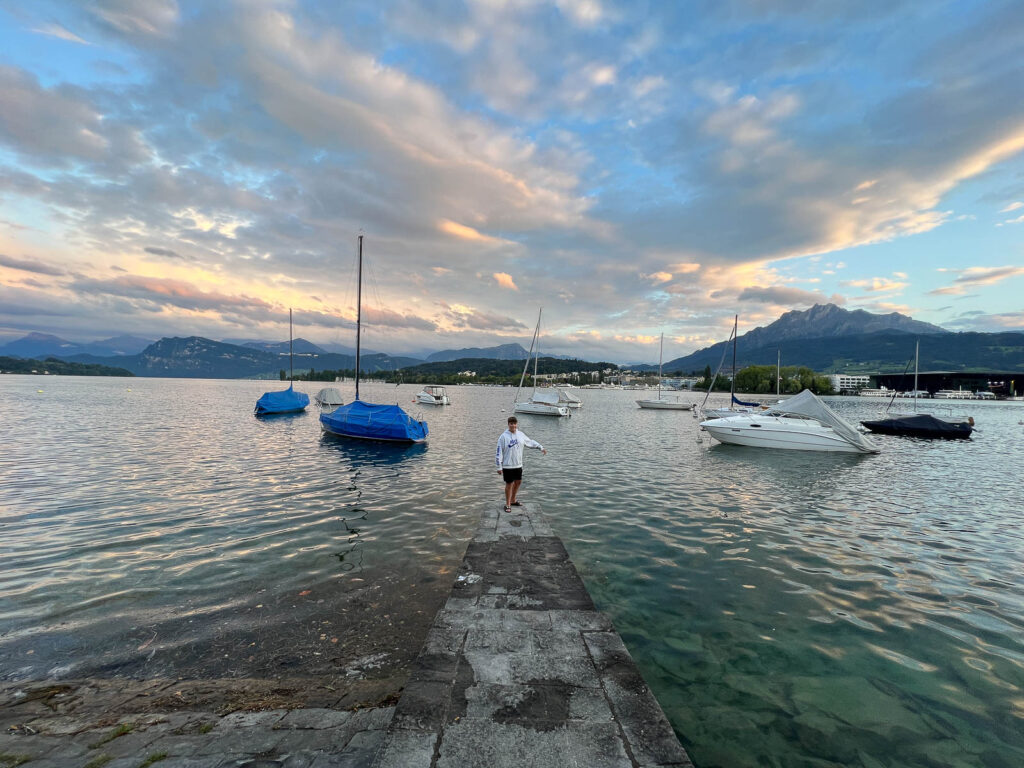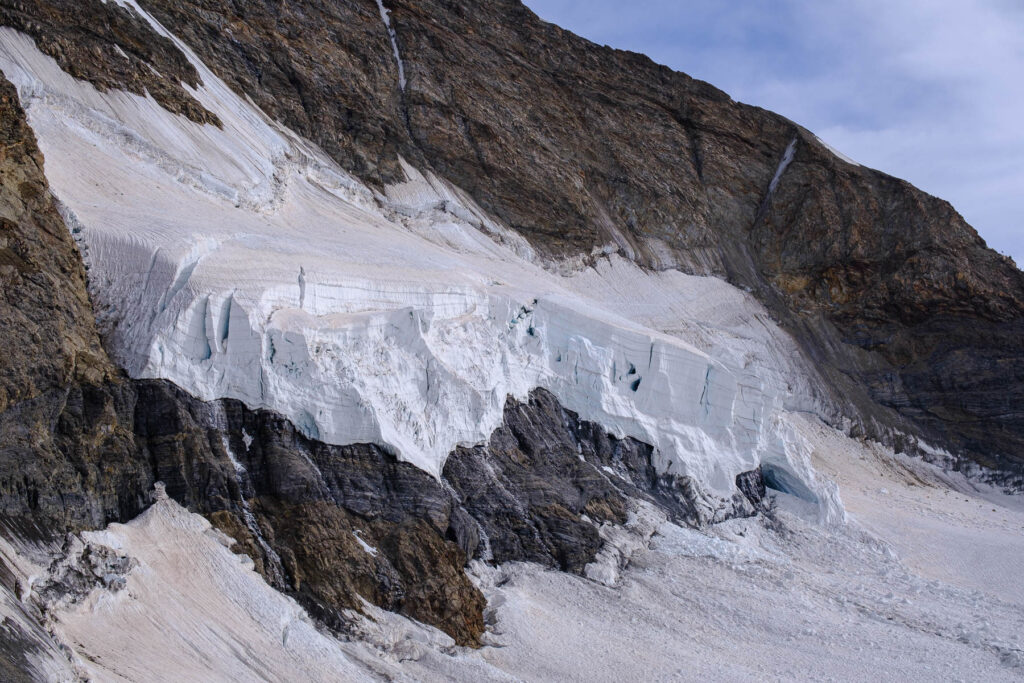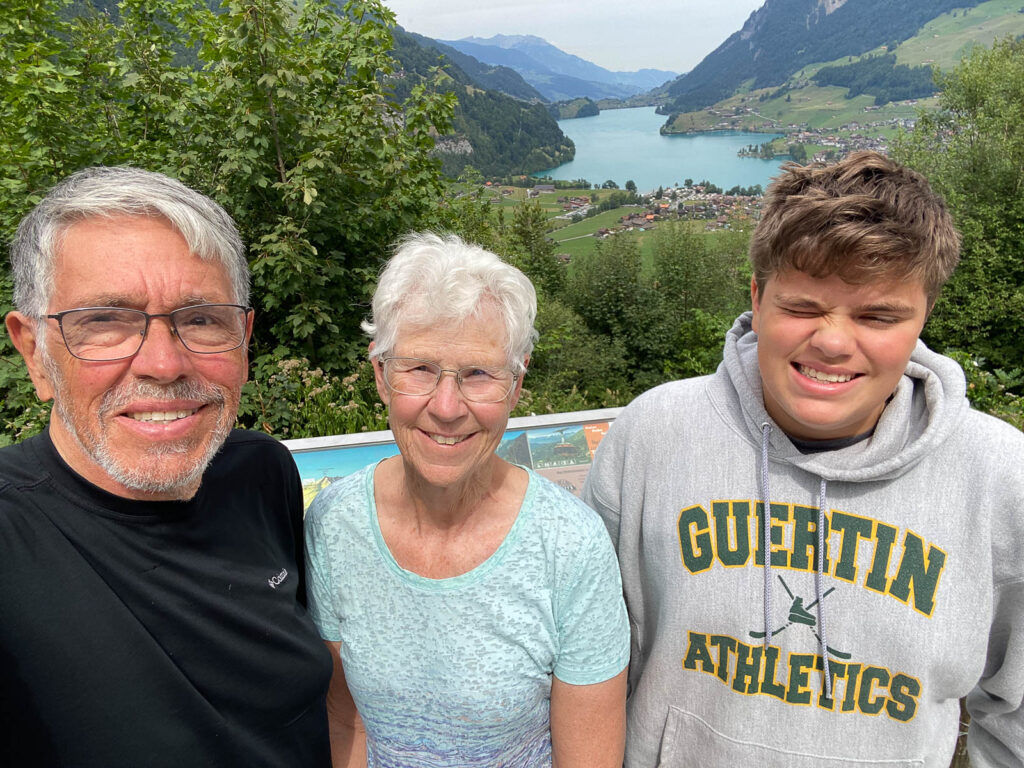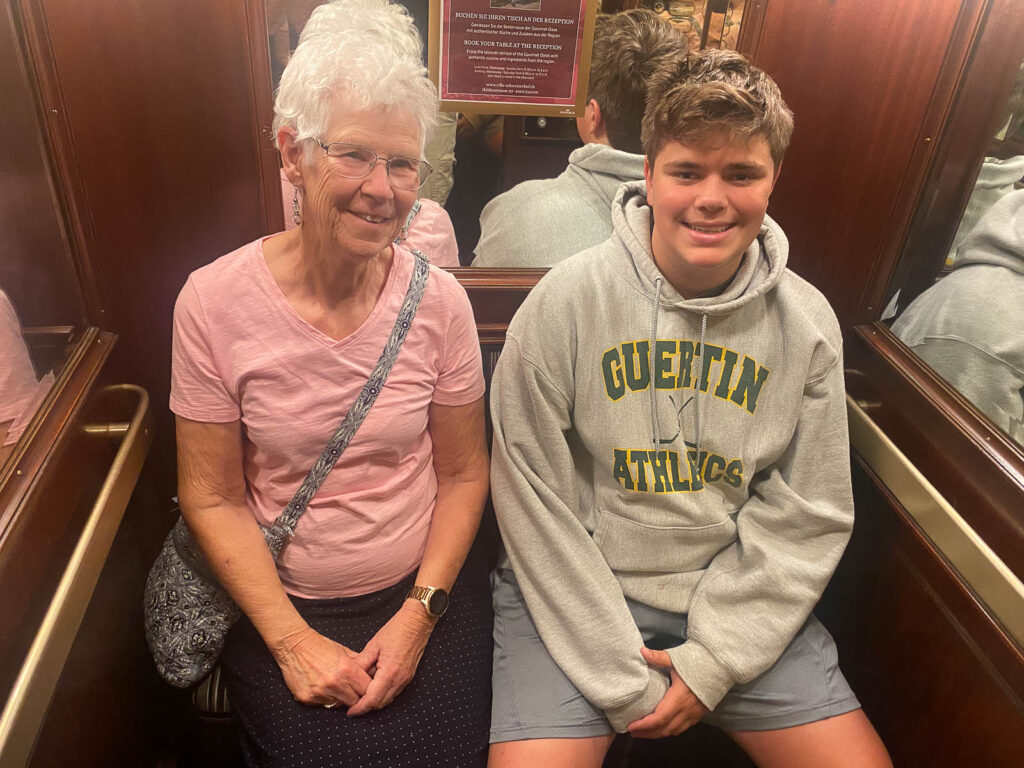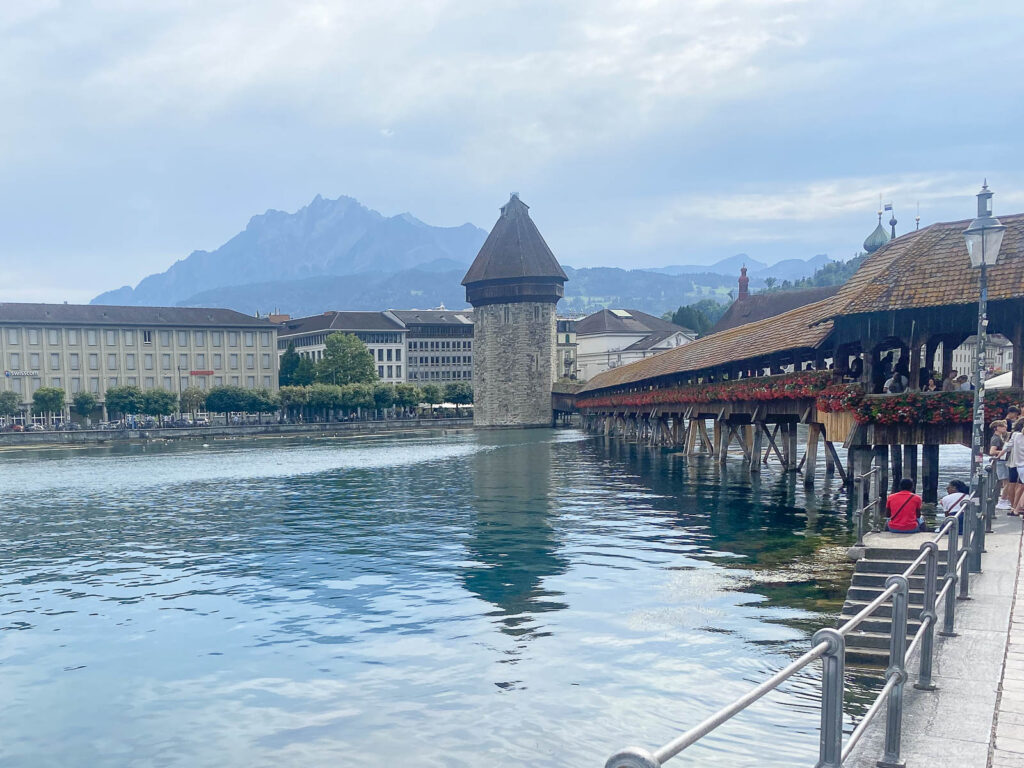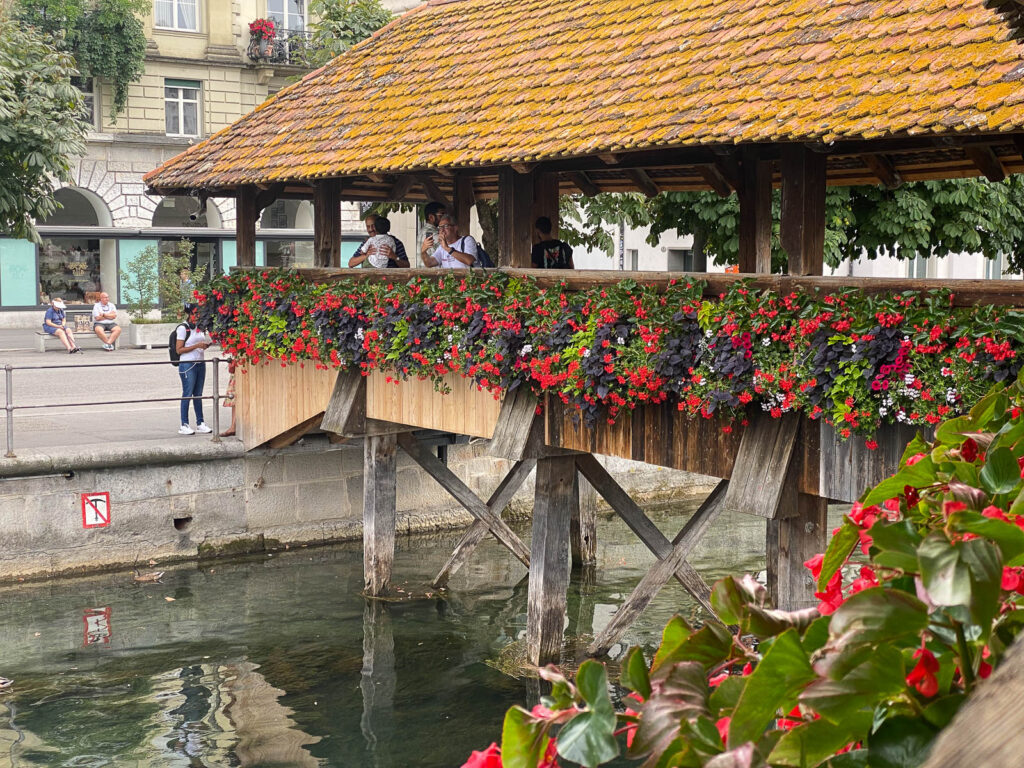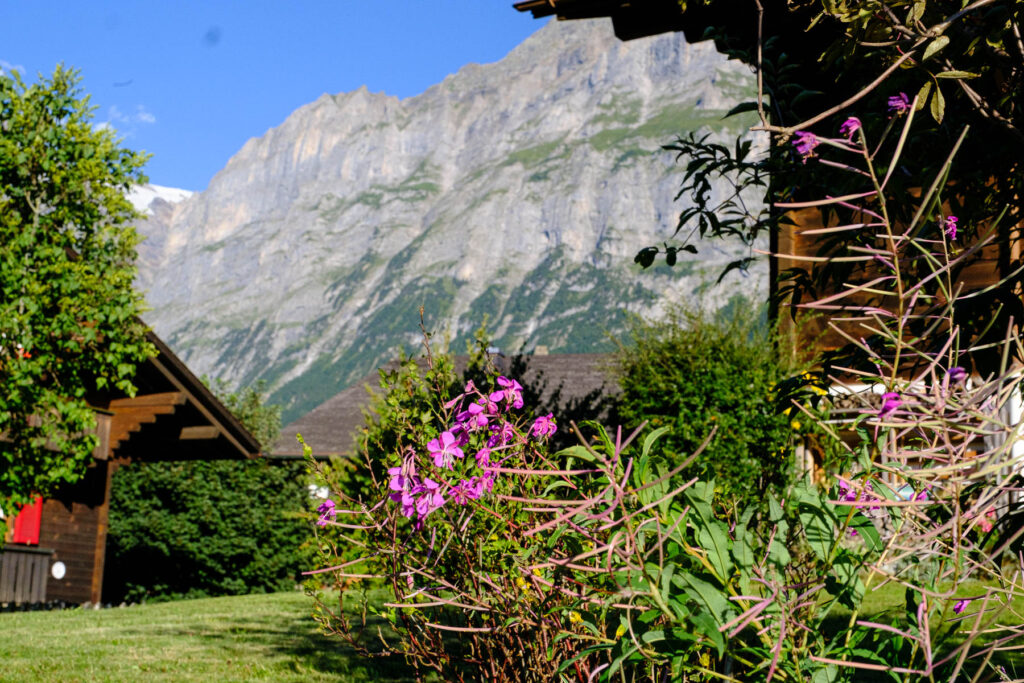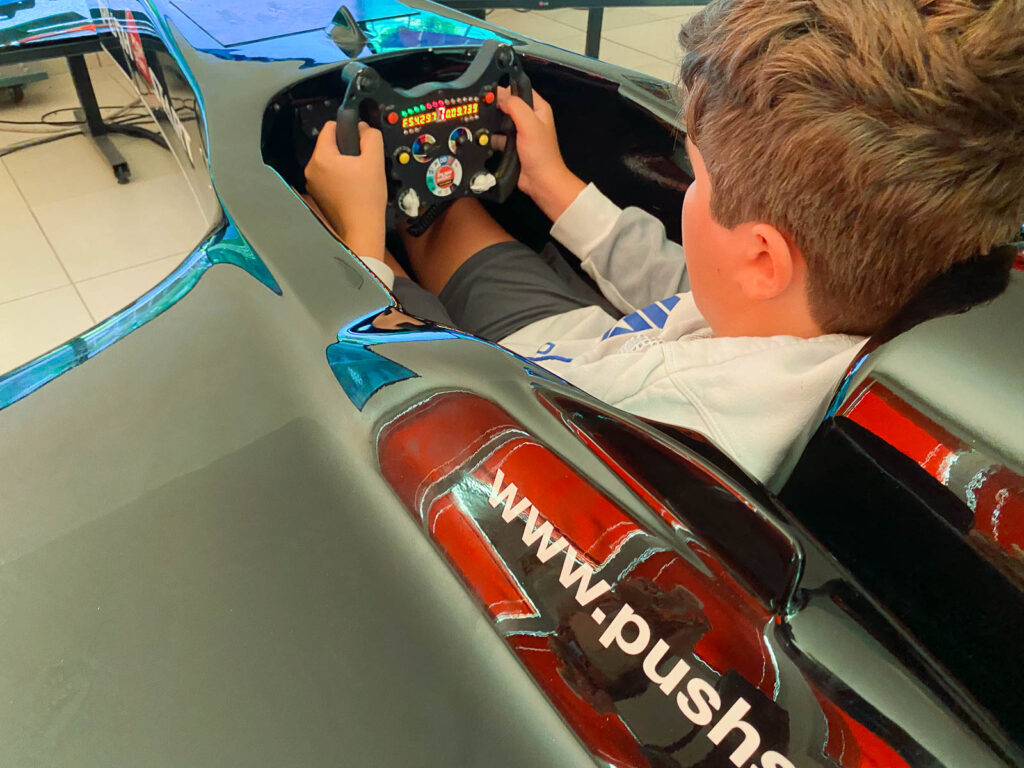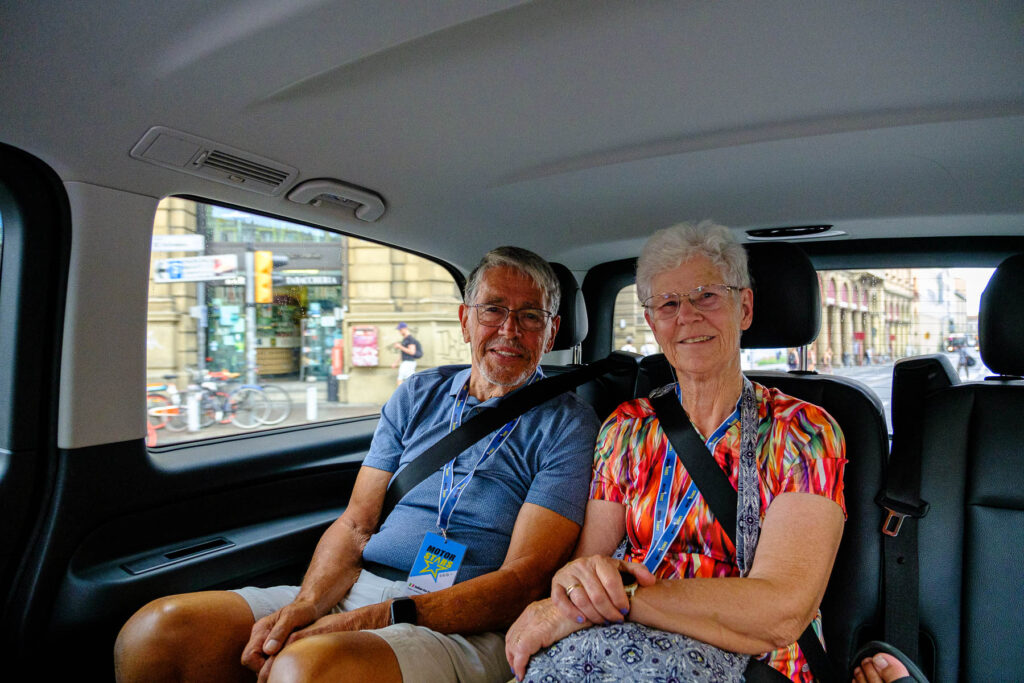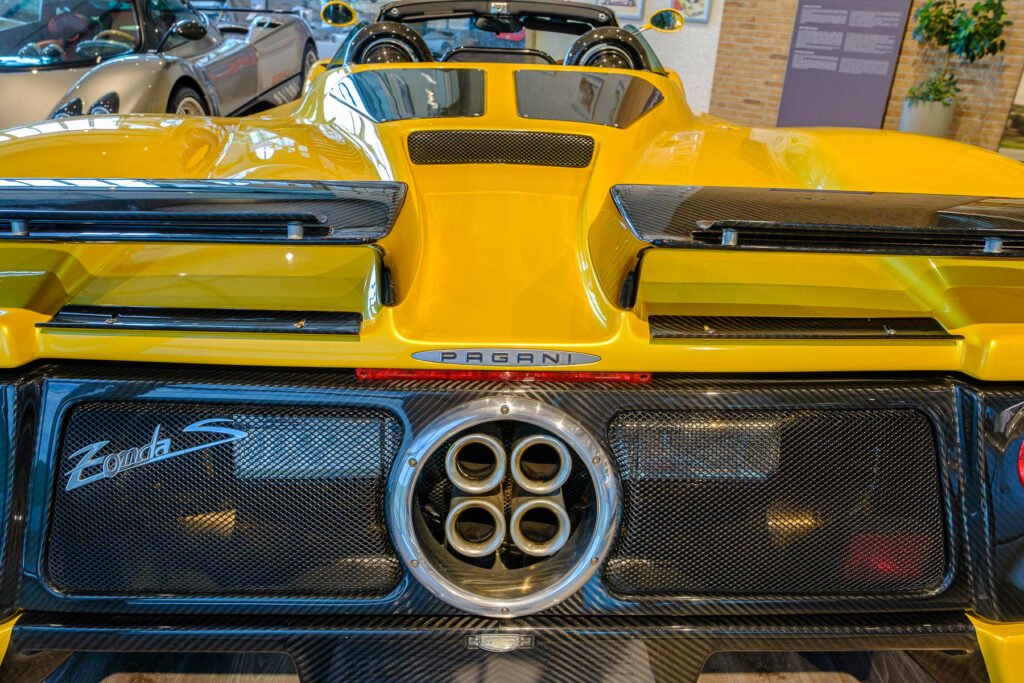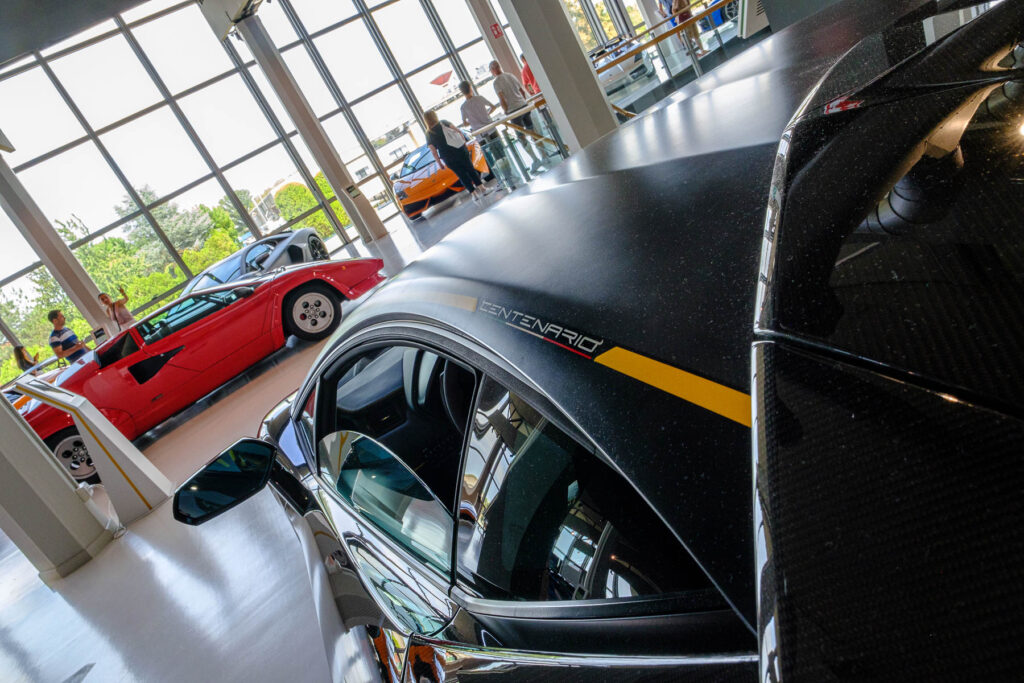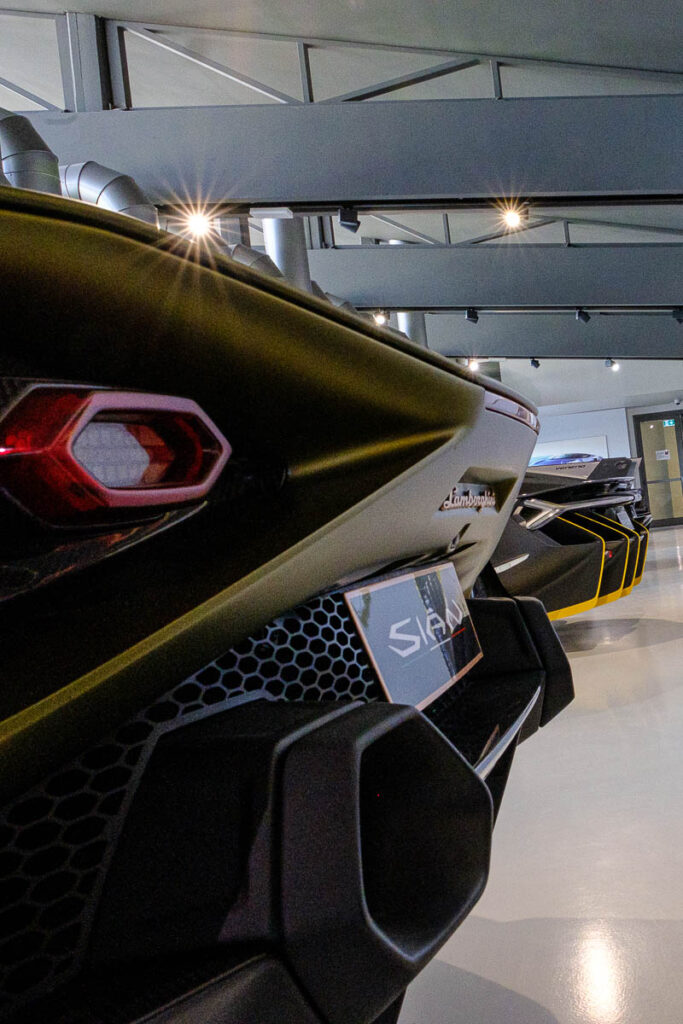No life-threatening events, no mountains to scale, even by cable car or cog railroad. We didn’t get lost or go to the wrong station. Just laid-back cruising by boat, an hour or so on the bus and then a pleasant and relaxing ride on the Glacial Express from Andermatt to St. Moritz. We’re now checked into the Grand Hotel Kempinski.
Claiming your product is “Grand” is often a red flag: “grand” is frequently far from the truth. Why brag? Why not be understated and let your reputation for being “grand” spread by word-of-mouth?
But Kempinski hotels, in my experience deserves the title. OK, this is only the second I’ve stayed in, but it is reminiscent of the first one. I wish I could remember where it was, but the hotel did make an impression on me that I’ve carried for, I’d guess, at least 20 years.
After breakfast at the Hotel Schweizerhof (also 5 star; very nice). We walked across the street to board a motor vessel that took us for an hour’s ride to the other end of the lake and the town of Stanssad. There we boarded our bus, which took us to Andermatt and the Glacier Express. The train runs through the foothills and valleys just to the north of the primary Alps peaks. Final destination: the resort town (skiing and summer) of St. Moritz.
The whole day can be summarized in one word: scenery. Carter and I took pictures, of course. We had nice views of Mt. Pilatus and the Monch, Eiger, Jungfrau range from the boat. The opportunities on the train, despite spacious windows, was limited due to reflections. That turned out to be OK because it forced me to sit back and enjoy the ride rather than slaving over a hot camera.
One piece of historical trivia: On the bus ride Charlotte gave us a lecture on William Tell, the guy who shot the apple off his son’s head to prove is skill as a marksman. Some of us got the lecture, anyway. I knocked out for a brief nap and missed it. The point was, apparently, that we passed through the town where the legendary Tell lived and did the deed that made him famous.
At the time (early 14th century) the area was ruled by the Hapsburg dynasty. A group of local Swiss leaders had formed a confederation to combat Hapsburg rule. Tell, using his crossbow, assassinated the reeve (overseer) employed by the local Hapsburg duke. That act strengthened the confederation. Tell is therefore seen as the driving force behind the ultimate formation of the Swiss federation that exists today. The victory wasn’t immediate, however. The Swiss Confederation was still fighting the Hapsburg Dynasty as late as 1848.
According to Wikipedia, the William Tell legend is hotly debated by historians but everyday Swiss believe it and rally around the legend. It’s remained popular around the world (e.g., the William Tell Overture). There are some unfortunate follow-ons to the Tell legend. John Wilkes Booth cited William Tell as his inspiration for overthrowing a despotic ruler (Lincoln). Adolph Hitler liked the story and had his girlfriend cast in the role of William Tell’s wife. He later had the show banned when a would-be assassin came after him.
Lunch was served on board, Charlotte, the guide, had the kids play German bingo (Carter’s team won) and the three of us played a round of Nert, the card game that is a full-body-contact sport. Nert and I are not simpatico but this time, for the first time in my Nert career, I actually won, rather than nailing down last place as has been my usual custom.
Dinner in the hotel was Grand. Carter said it was the best starter course on the trip (a fresh pasta dish with mushrooms and sun-dried tomatoes). He cleaned up his 62 Swiss Franc ribeye (don’t worry, it was included in the trip price). Nana and I had a very nice rack of lamb. We were a table of 10, which gave us a chance to get to know some of our fellow travelers better.
Tomorrow involves some combination of gondola riding, mountain climbing and, optionally, mountain biking. The three of us opted out of the biking part so we’ll have the afternoon and evening to get into trouble on our own.
The pictures are out of order again. Maybe able to fix them tomorrow.





















































